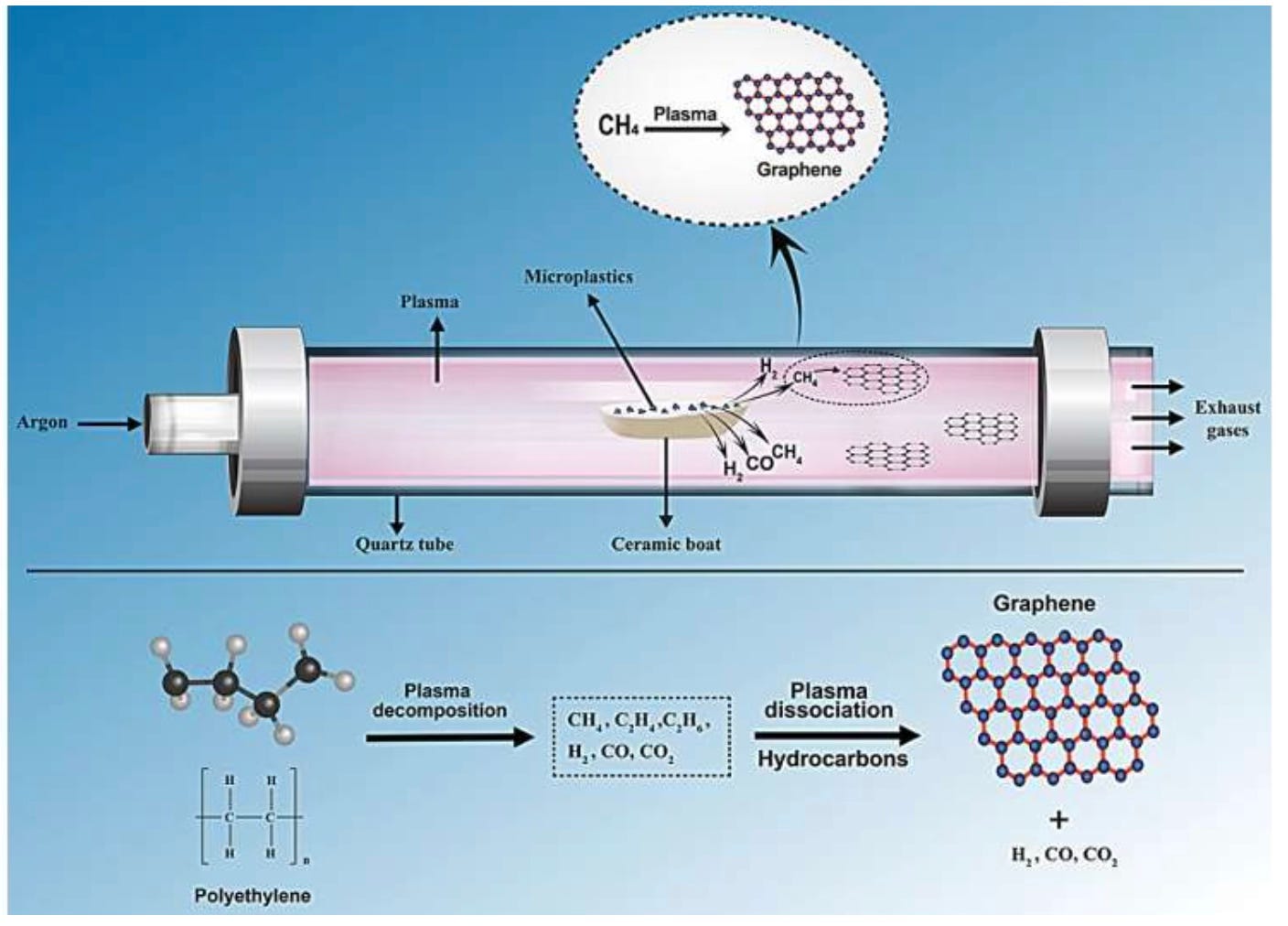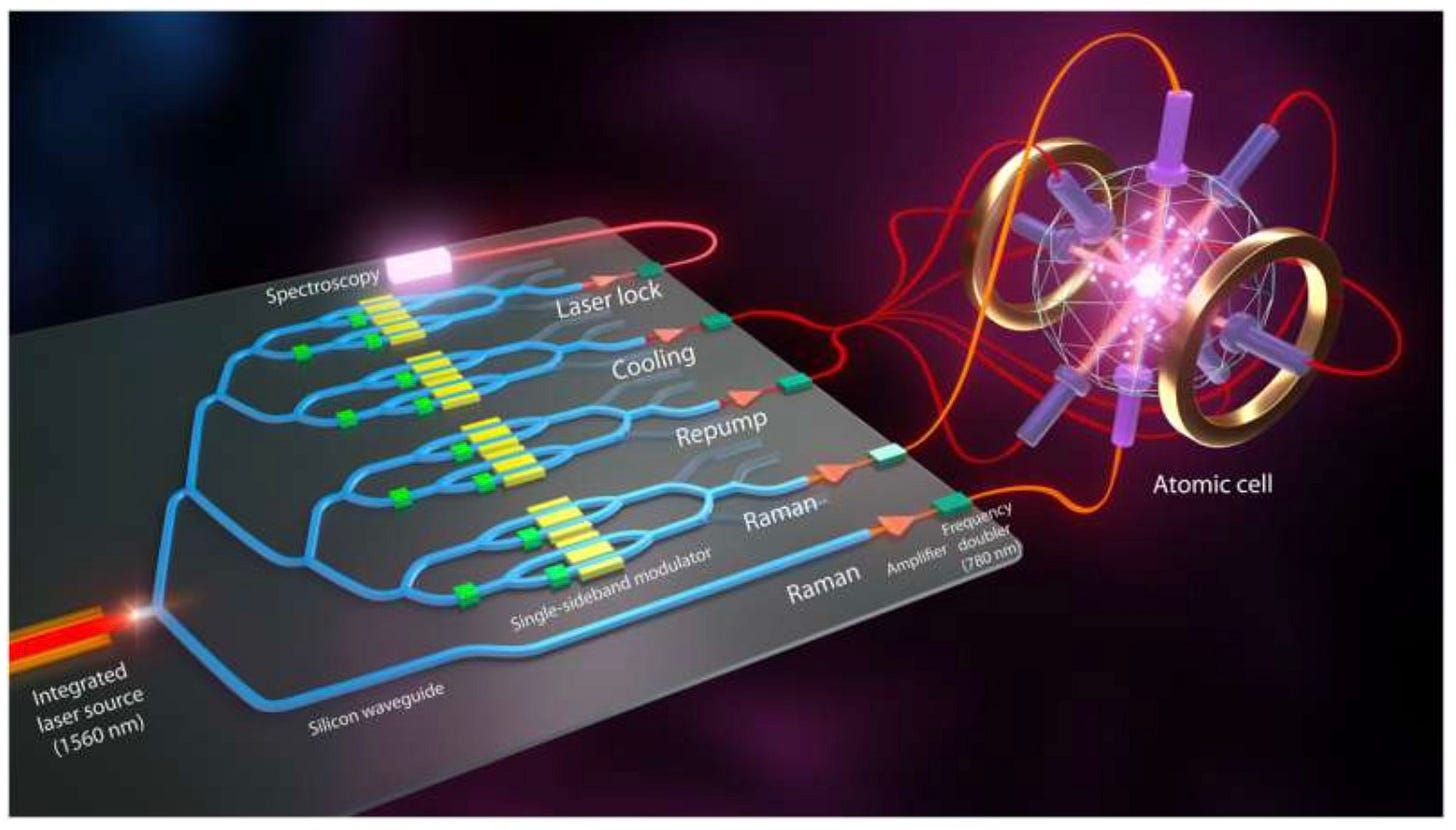This week we discover a new protein that has the ability to stop and initiate repair of DNA damage. We investigate a new process for upscaling waste microplastics into graphene. We examine a new shape shifting wheel that modifies its shape in line with the terrain that it is traversing. Finally we look at progress on a new GPS free navigation system that will allow navigation when the GPS satellite system is unavailable.
Repairing DNA Damage
A team from Western University in Canada have discovered a protein that has the ability to stop DNA damage. The protein called DdrC is found in a common bacterium, Deinococcus radiodurans. This bacterium has the ability to survive conditions that would normally damage DNA. For example, in 5,000 to 10,000 times the radiation that would kill a regular human cell. The protein can also repair damaged DNA.
Every cell has a DNA repair mechanism to fix damage however with a human cell if there are any more than two breaks in the entire base pair genome (of one billion pairs), the human cell can’t fix itself and dies. DdrC helps the cell to repair hundreds of broken DNA fragments into a coherent genome.
The team initially determined the 3D shape of the protein and worked backwards to understand its’ superpower. They found that DdrC scans for breaks along the DNA and it detects one, it snaps shut like a mousetrap. The trapping function neutralizes the DNA damage and prevents the break from being further damaged. It also acts like a molecular beacon altering the cell the damage for repair.
Proteins typically form complicated networks that allow them to carry out a function. DdrC is an outlier as it acts alone. When the team added DdrC to E. coli, the E. coli became 40 times more resistant to UV radiation damage.
The team believes that the protein could be introduced to any plant, animal or human to increase the DNA repair efficiently of that organism’s cells. This capability may lead to human cancer vaccines or the development of crops that can withstand increasingly harsh growing conditions. Additionally, DdrC is likely just one of many potentially useful proteins in Deinococcus.
Upcycling of Microplastics to Graphene
One of the huge issues in recycling anything is the economic impact. Is the program a cost or does it generate a profit. Profitable recycling programs are much easier to maintain, if there is a profit then the market will recycle as much of the product as is profitable.
Plastic recycling currently mostly only recreates plastics for a lower level use, e.g. PET food containers are recycled into plastics for non food use (i.e. a lower level use). This restricts the income potential for recycling. As a result there is very little actual recycling of plastics globally (despite all the collection bins trying to recycle plastics). Converting plastics economically into higher level uses would change the industry.
A team at James Cook University in Townsville in Australia have developed a method for converting microplastics into graphene. Microplastics are non-degradable and insoluble in water. This has led them to enter the animal and human food ecosystems. We are all most likely ingesting some every day. This is unlikely to be good for us at all.
Graphene is an atom thick sheet of carbon that is the most conductive material of both electricity and heat. It is harder than diamond, 200 times stronger than steel and five times lighter than aluminum. Use cases are emerging every day and they range from electricity , conductivity, energy generation, batteries and sensors. Graphene can enhance the mechanical strength of objects, metals or plastics. It can spread heat where it is required in industrial processes. Other promising uses include anti-corrosion coatings and paints, faster electronics, flexible displays, efficient solar panels, faster DNA sequencing, drug delivery and much more.
The team ground up plastic bottles into microplastic pieces and then used the new Atmospheric Pressure Microwave Plasma synthesis technique to convert the resultant microplastics into graphene. 30mg of microplastic produced nearly 5mg of graphene in 1 minute.
We may finally have an economic use for all that plastic that we waste. Time will tell if the process can be transformed into a vibrant new industry. This breakthrough provides more than a glimmer of hope.
Shape Shifting Wheels
A team from several universities in South Korea have developed type of wheel with spokes that can be adjusted in real time to conform the wheel’s shape to an uneven terrain. Round wheels do not work well in rough or rocky terrain. This new wheel provides a solution.
A chain of rectangular blocks around the perimeter of the wheel serve as the tread. Each block is then connected to wire spokes. The spokes in turn are connected to an adjustable axle hub. The hub has adjustable gaps between its two sides. This allows the modification of the spoke length. This gives a changeable wheel shape.
The wheel changes shape as it passes over rough terrain but remains round when passing over flat areas. The team built a four wheeled vehicle and pulled it over a variety of different obstacles to demonstrate the wheel’s function. A two wheel version was built to demonstrate how the wheel would be useful in wheelchairs.
GPS Free Navigation
The GPS navigation system is owned and operated by the US military. The military can turn it off anytime they see the need. Given the massive use of GPS for positioning (e.g. Uber, Maps, Navigation, Phones and much more) this is becoming an ever greater risk economically. We have spoken previously about the alternate systems being launched by the EU, Japan and Russia however these systems have the same availability of use risk (after all they are also military systems).
Researchers from Sandia National Laboratories (part of the US Dept of Energy) and developing motion sensors so precise that we would minimize our reliance on GPS for navigation. Current versions of this type of technology fill a large sized truck. Recent advances are now dramatically shrinking the size and cost of this technology.
The team have used silicon phonetic chip components to perform a quantum sensing technique called atom interferometry. This is an ultra precise way of measuring acceleration. It is a step towards developing a quantum compass for navigation. Accurately measuring acceleration and angular velocity enables precise navigation, even in GPS denied areas.
The team built a new modulator with a vacuum chamber the size of an avocado and consolidated other components into a single rigid device. A laser system on microchip sits at the core of the system. Rugged enough to handle heavy vibrations it has replaced laser systems the size of a refrigerator. Unwanted echoes from the laser have been lowered 100,000 fold.
The system development has a way to go however even at the current size it will be useful in areas where GPS is not available and where GPS signals can be interfered with. For example on battlefields where GPS signals can be blocked or spoofed by enemy combatants.
Paying it Forward
If you have a start-up or know of a start-up that has a product ready for market please let me know. I would be happy to have a look and feature the startup in this newsletter. Also if any startups need introductions please get in touch and I will help where I can.
If you have any questions or comments please comment below.
I would also appreciate it if you could forward this newsletter to anyone that you think might be interested.
Till next week.






